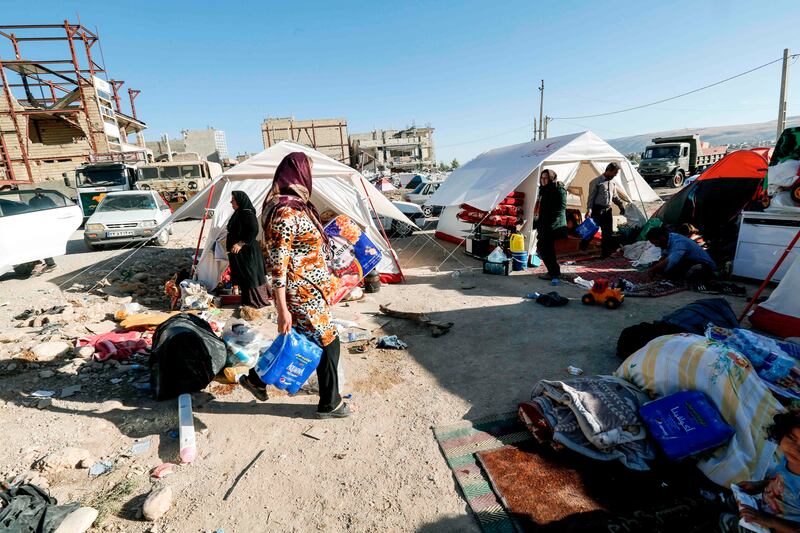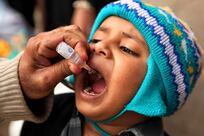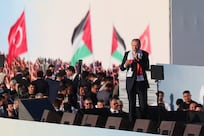As survivors of the deadliest earthquake to strike this year struggle with freezing conditions, no one can have failed to have been moved by pictures of babies being rescued from the rubble and weeping relatives digging through collapsed buildings with their bare hands, searching for any sign of life. The death toll from the quake on the Iran-Iraq border stands at more than 500 with thousands more injured, a figure which is likely to rise. Authorities are only just beginning to count the hefty losses at the earthquake's epicentre in Kermanshah province, Iran, which measured 7.3 on the Richter scale on Sunday night and was followed by about 200 aftershocks. The challenge they face over the coming days and weeks is not simply one of providing food, water, blankets and electricity to those left stranded in makeshift camps. A reported 12,000 buildings have collapsed and entire communities have been destroyed.
It will also require an enormous effort to provide aid in the short-term and in the long-term, to come up with a contingency plan to mitigate against future disaster. Iran sits on major fault lines and the risk of another earthquake is, if not a certainty, then extremely likely. A 2003 quake in Bam in southeastern Iran killed more than 26,000 people and nine years later, more than 300 people fell victim to another shockwave. The prospect of devastating earthquakes is a reality Iranian civilians face daily and protecting them against such tremendous losses requires foresight and a forward-thinking leadership prepared to invest in protective measures.
For now, the urgency is to help those in need. The international community is poised to help whenever it is called upon. The United Nations has said: "Assistance is available." Governments around the world, including in Britain and Turkey, are ready and willing to dispatch aid. Turkey's Red Crescent sent 3,000 tents and blankets to afflicted areas of Iran and put its search-and-rescue teams on standby. Medecins Sans Frontieres has doctors dealing with casualties in Sulaymaniyah Emergency Hospital in northern Iraq. Iran's foreign minister Javad Zarif has so far largely declined offers and said: "For now, we can manage with our resources". One can only hope they will be sufficient as another bitterly cold night will soon be upon them.





